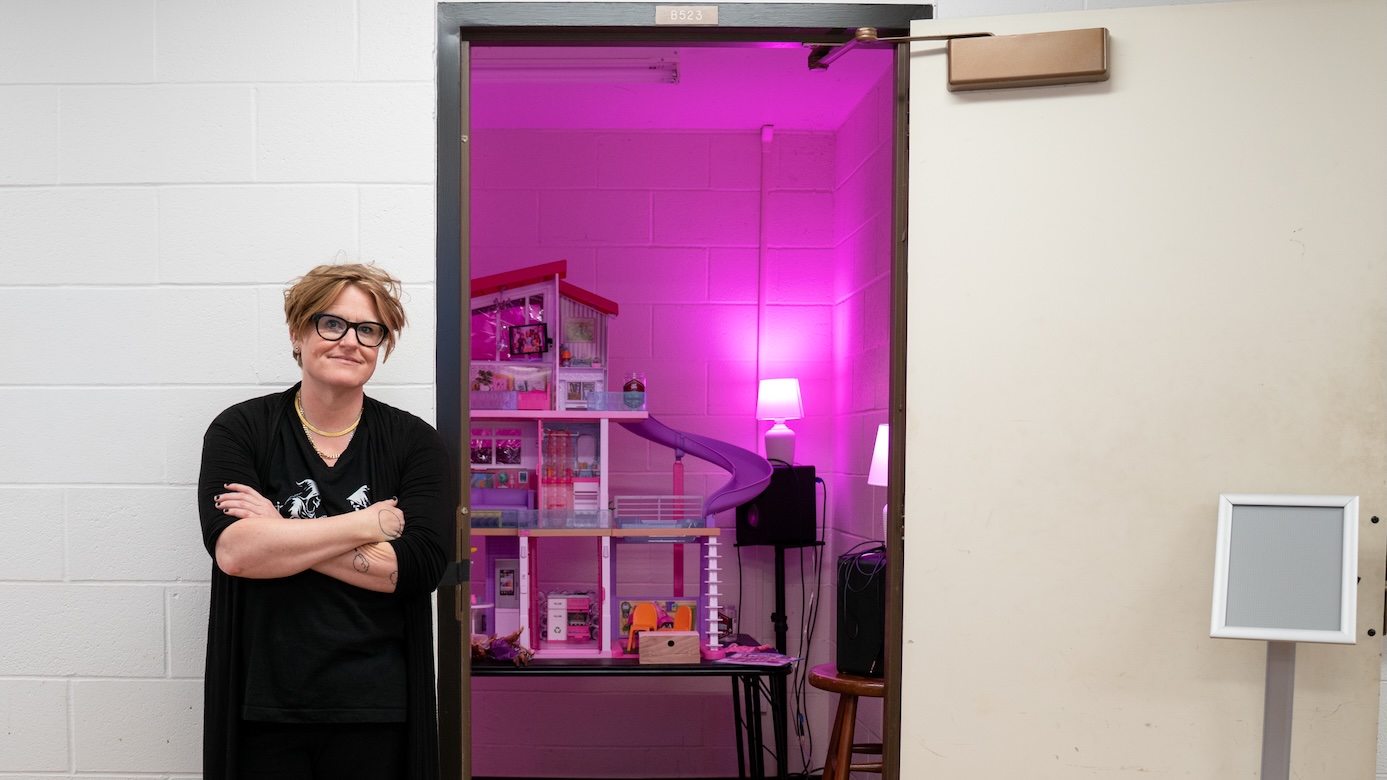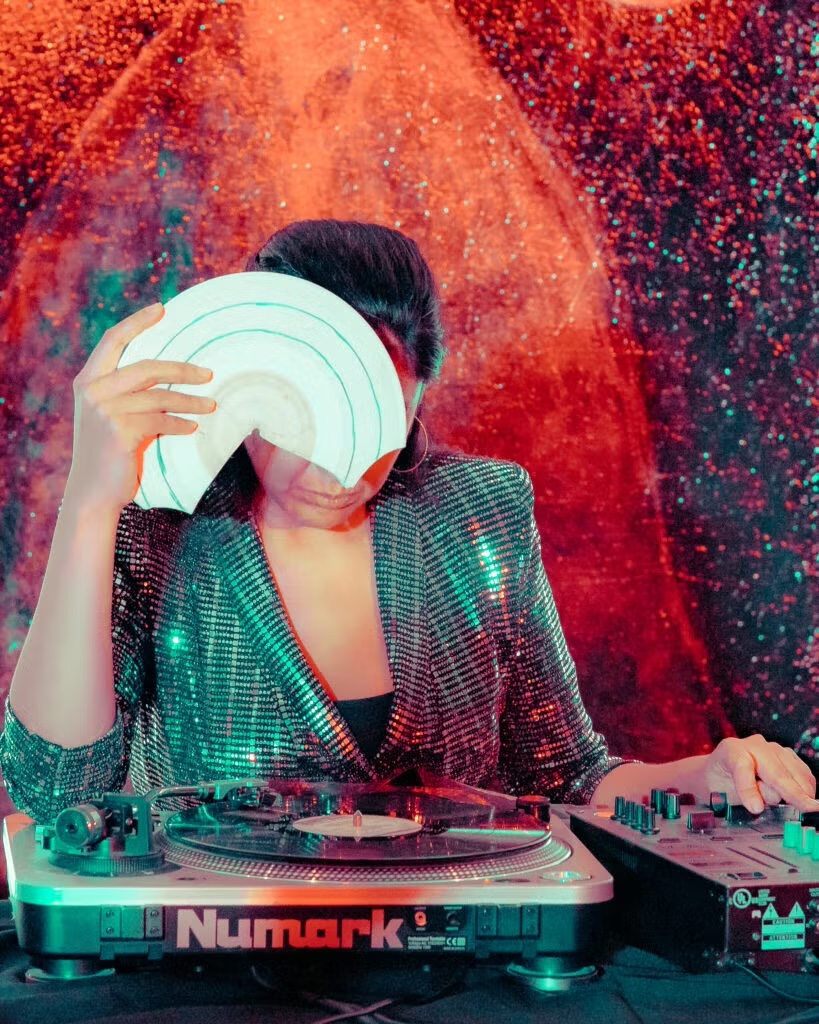Have you ever heard the color green? How about tasted Miles Davis's "Birth of the Cool"?
The phenomenon of experiencing something through unrelated senses is called synesthesia, and it is commonly reported by trauma victims. Jenny Olivia Johnson, an associate professor of musicology and dean of inclusive excellence at the UCLA Herb Alpert School of Music, encountered the phenomenon frequently in her dissertation research on the effect of trauma on memory and perception. Interviewing trauma survivors, Johnson found that synesthesia was a common reaction.
Then, a sudden realization led her down an unexpected path.
"People with neurological disabilities often experienced synesthesia too," said Johnson. "It was the first time I realized that there might be a connection between trauma and disabilities."
From Thursday, Oct. 16, through Sunday, Oct. 19, the UCLA Herb Alpert School of Music will host a conference on trauma and disability in the arts in the Schoenberg Music Building (see the full schedule). Organized by Johnson, "Theorizing Trauma and Disability in the Arts" will combine humanities research and artistic perspectives to bring focus to questions about how the experiences of trauma and disabilities are both generative and reflective in the arts.

Panels will cover a wide range of topics, from the soundscape of America's mid-century polio epidemic and alternative medicine on vinyl to immigration trauma in 19th-century popular music and the politics of orchestral community outreach. Additional sessions will offer close readings of trauma as represented in contemporary television shows including "The Bear" and "Treme," as well as albums such as Lingua Ignota's "Sinner Get Ready" and Kendrick Lamar's "Mr. Morale and the Big Steppers."
Musical performances and art installations
The conference opens on Thursday, Oct. 16, with immersive, multisensory art installations on display and a three-set concert. Headlining will be Maria Chávez, a DJ and sound artist. Using her rare RAKE double needle that reads two different parts of the record at the same time with multiple turntables, Chávez is renowned for her inventive soundscapes built from record shards. She will also speak about her own experience with a brain disorder that led to surgery in 2020 and kept her from touring for several years.

► Video: Maria Chávez's 2020 "Gray Sound" performance
Another important aspect of the conference will be its deeply participatory and open nature. Pedagogy workshops will directly engage the audience, including a deep listening workshop with composer Nomi Epstein, whose interest focuses on sonic fragility. Panels are constructed to bring multiple perspectives to bear on the same questions so that they can be examined from various angles.
Panels: Different experiences, multiple perspectives
The panel on musical theater and trauma, for instance, will combine theater professionals, scholars and student performers from the UCLA School of Theater, Film and Television. And while musicals may enjoy a popular reputation as light entertainment, they can deal with heavy themes.
"Musical theater often addresses trauma," said Ray Knapp, distinguished professor of musicology and director of the music school's Center for Musical Humanities. "And when an actor is playing a character who is experiencing or processing trauma, they have to reach into their own experiences to identify with the trauma. Then they perform it not just once, but over and over again, night after night."
The panel deals with this subject by bringing in people with different experiences. Theater professionals will discuss how they help voice actors prepare for roles where characters experience or process trauma. Scholars will discuss how portrayals of trauma can affect the audience. Actors will discuss their related experiences. And students will perform as part of the panel.
The question of multiple perspectives is important for the conference, which asks humanistic questions of topics frequently reserved for medicine and neuroscience. Given that the arts have historically been a coping mechanism for dealing with trauma and disabilities — and given all the people the arts touch —the subject necessarily engages a broad number of scholars. And considering different points of view can sometimes lead to startling realizations.
"We sometimes think of disabilities in a negative way," Johnson said. "But many people on the autistic spectrum and people who have sensory disabilities think of them as superpowers. Their ability to taste sound or hear colors gives them a vital edge as artists and as members of the audience."






